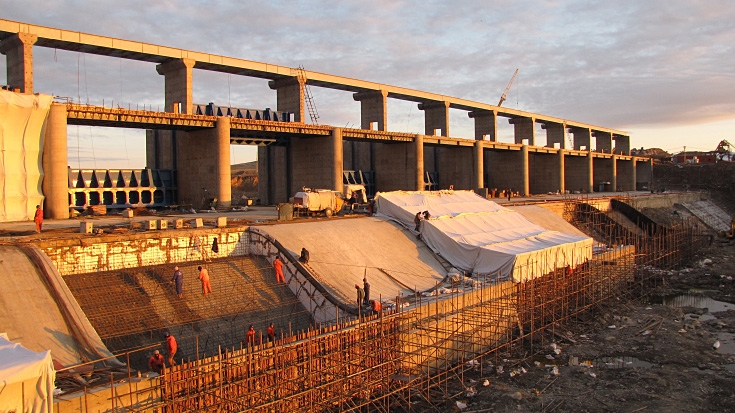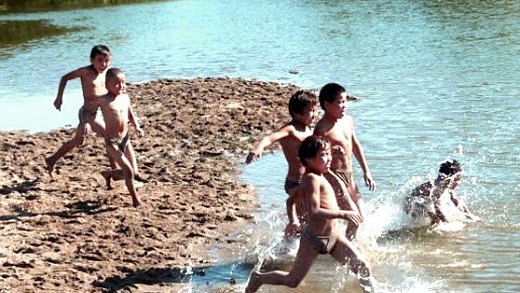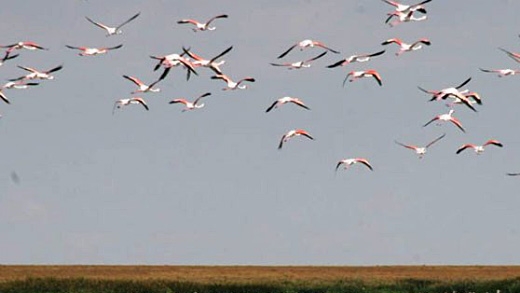Shynar Jetpissova, Communications Associate in the World Bank Office in Kazakhstan, offers this story.
Mercury pollution is invisible but dangerous. For decades, a factory just 2 km from Temirtau threatened the health of the 170,000 people living there, and their fragile environment.
The hazardous legacy leached from a former carbide factory that operated for almost fifty years, producing synthetic rubber from 1950 to 1997 with mercury as a catalyst. The factory’s wastewater treatment plant was not designed to remove mercury. As a result, more than 1,500 tons of this heavy metal were discharged into the Nura River.
A project supported by the World Bank and the Government of Kazakhstan invested into the cleanup of the contaminated area to reduce health risks from this toxic substance. The 60 hectare industrial site and an 18 kilometer stretch of the Nura’s riverbanks and flood plains—totaling more than 3,500 hectares—are now cleaner and safer.
Yuri Kornev worked as a project engineer at the factory for 25 years. He says: "During the production process there were 30-50% losses of pure mercury. People working in the factory knew about the danger, as they passed instructions. But those living in the surrounding areas were unaware. The staff passed medical examination twice a year, and in case of a disease they were transferred to another job."
About 170,000 samples taken unveiled a terrifying picture—the level of mercury contamination at the industrial site was in some areas 150 times higher than international standards allow.
Manfred Nussbaumer, Chief Project Engineer says, "Once we got a full picture we were able to evaluate the danger and effect for the people living around and down the stream of the Nura River through Intumak reservoir, because Nura is a very popular place for fishing and resting."





